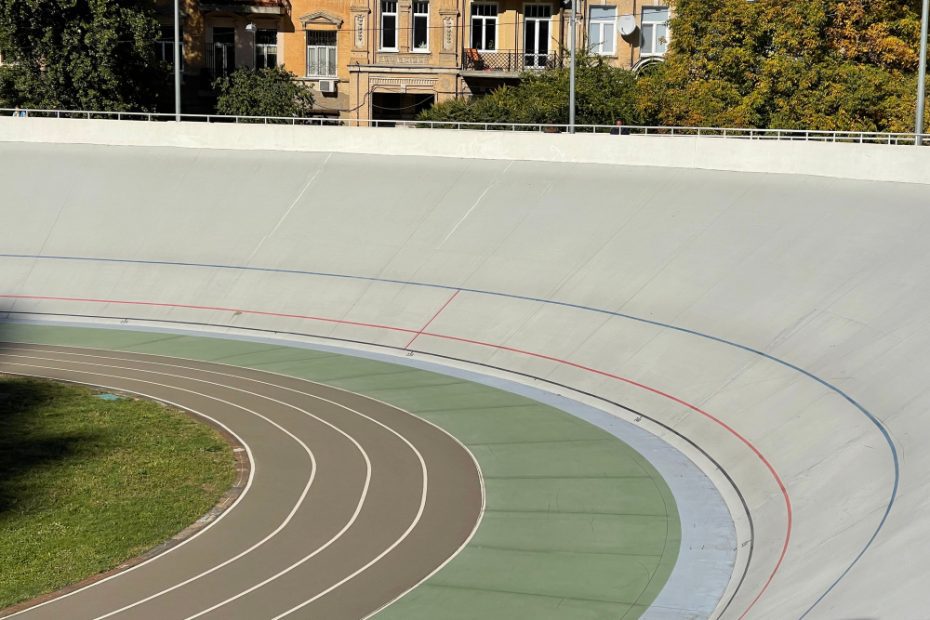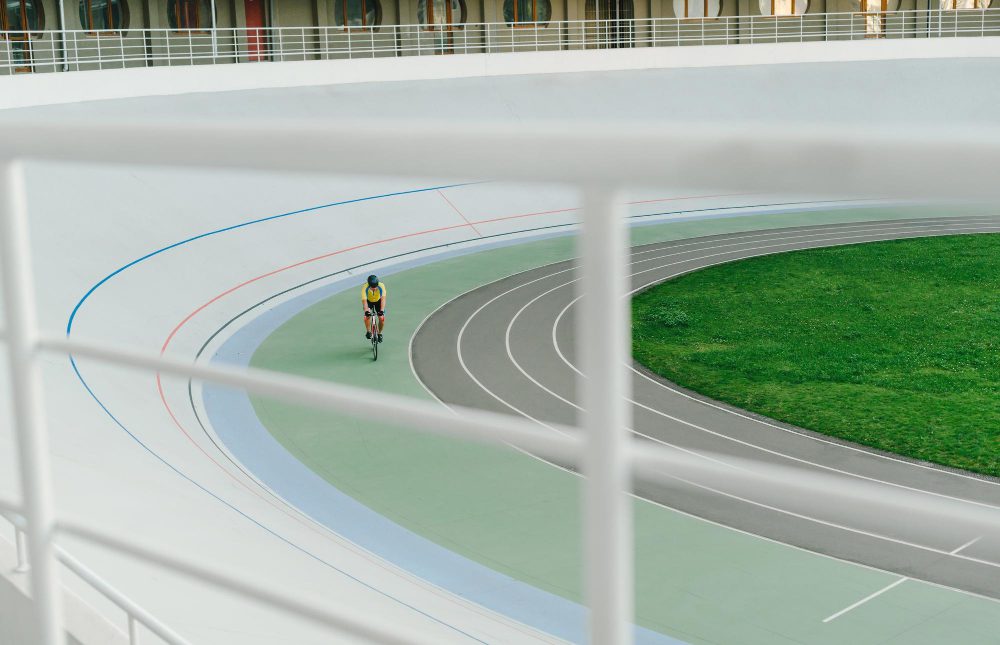How many laps is a match sprint?
A match sprint is a thrilling and fast-paced event in track cycling that tests athletes’ speed, tactics, and endurance. But have you ever wondered how many laps are involved in a match sprint? In this article, we will explore the distance covered in a match sprint and delve into the intricacies of this captivating discipline.
Understanding the Basics of a Match Sprint
A match sprint typically takes place on an indoor velodrome, a specially designed track for cycling races. It involves two riders going head-to-head in a series of races to determine the winner. The competitors start from a standing position and must cover a certain number of laps to complete each race.
In a match sprint, the total distance covered varies depending on the level of competition and the rules followed. Generally, the distance ranges between 750 meters to 1000 meters, which is equivalent to three to four laps on a standard 250-meter velodrome track.
The Influence of Velodrome Track Length
The length of the velodrome track directly impacts the number of laps required to complete a match sprint. In the UK, most velodromes are standardized to a length of 250 meters. This means that a match sprint would typically consist of three or four laps, with each lap covering one-quarter of the total distance.
The shorter track length of 250 meters allows for faster and more intense races compared to longer tracks. Riders must demonstrate exceptional acceleration and strategic positioning to gain an advantage over their opponents within a limited distance.
Strategy and Tactics in Match Sprints
A match sprint is not merely a test of speed; it also involves intricate strategy and tactics. Riders strategically position themselves behind their opponent, aiming to take advantage of aerodynamic drafting. By riding in the slipstream of the leading rider, a cyclist can conserve energy and potentially launch a powerful attack towards the end of the race.
Tactics such as these require careful timing and skillful execution. Riders must decide when to make their moves, whether to attack early or bide their time until the final lap. A successful match sprinter must possess not only physical strength but also mental agility and the ability to read their opponent’s intentions.
Key Moments in a Match Sprint
A match sprint consists of several distinct stages, each with its own significance:
- Start: Riders begin from a standing position, waiting for the starter’s signal to commence the race.
- Acceleration: This initial burst of speed is crucial to gain momentum and establish an advantageous position on the track.
- Jockeying for Position: Riders strategically maneuver around each other, trying to gain the best position relative to their opponent.
- Final Lap: The last lap is often the most intense, with riders unleashing their full power and sprinting towards the finish line.
“Match sprints are like a game of chess on wheels, where positioning and timing are just as critical as raw power.”
To successfully complete a match sprint, cyclists must navigate through these key moments and outmaneuver their opponents to cross the finish line first.
In Conclusion
A match sprint is an exciting and tactical discipline in track cycling that requires both physical prowess and strategic thinking. While the number of laps in a match sprint depends on the distance covered, it usually involves three to four laps on a 250-meter velodrome track. Understanding the nuances of a match sprint and the various stages within it adds to the excitement and appreciation of this thrilling event.
How many meters is one complete lap around a track?
When it comes to athletics, understanding the measurements of a track and its various components is crucial. Whether you are an athlete, a sports enthusiast, or simply curious about the sport, knowing the distance of one complete lap around a track is essential knowledge. In the United Kingdom, tracks adhere to certain standard measurements that have been established internationally.
Standard Track Length
A typical track used for athletics events in the UK is known as a “standard oval track.” These tracks have a measurement of 400 meters (or 400m) per lap. This distance is equivalent to approximately 1/4 mile or 1312 feet. The track is divided into multiple lanes, usually six to nine, each measuring 1.22 meters wide.
Track Markings
The track is marked with specific lines to indicate distances and starting points for different events. The inside lane, also known as Lane 1 or the “innermost lane,” is the shortest distance around the track, measured exactly 400m. The distances for subsequent lanes increase as they are positioned further from the innermost lane.
Track and Field Events
A standard oval track is designed to accommodate various track and field events, which include sprints, middle-distance races, hurdles, relays, and field events such as long jump, triple jump, and high jump. Each event has specific starting points and distances that athletes must follow. Knowing the measurements of the track ensures fair competition and accurate timing during these events.
Fun fact:
In a 400m race, runners staying on the inside lane would cover a distance of roughly 407.67m due to the circular nature of the track.
Track Measurements:
| Track Lane | Distance (in meters) |
|---|---|
| Lane 1 | 400m |
| Lane 2 | 407.67m |
| Lane 3 | 415.34m |
| Lane 4 | 423.01m |
| Lane 5 | 430.68m |
Next time you watch an athletics event or decide to try your hand at track and field, keep in mind the standard measurement of one complete lap around a track in the UK. Understanding the distances involved adds to the excitement and appreciation of the sport.
What does 2 laps around a track equal?
When it comes to running or jogging, the distance covered is often measured in laps around a track. If you are wondering how far 2 laps around a standard track actually is, let’s break it down.
Standard Track Distance
A standard athletic track has a circumference of 400 meters. This means that for every lap completed around the track, you would cover a distance of 400 meters. So, if you run or jog 2 laps around the track, you would cover a total distance of 800 meters.
Equivalent Measurements
If you prefer to think in miles, 2 laps around a track would equal approximately 0.5 miles. Alternatively, if kilometers are your preferred unit of measurement, 2 laps would be equivalent to 0.8 kilometers.
To put this into perspective, 2 laps around a track is roughly equivalent to:
- Walking for about 10-15 minutes at a moderate pace
- Running or jogging for about 5-7 minutes at a moderate pace
- Burning approximately 50-70 calories (depending on factors such as your weight and intensity)
Benefits of Running Around a Track
Running around a track offers several advantages. It provides a controlled environment for measuring your progress and maintaining consistency in your workouts. The track’s flat surface also reduces the risk of injuries compared to running on uneven terrain.
Remember: Everyone’s fitness level is different, so start at a pace and distance that is comfortable for you. Gradually increase the number of laps or intensity as you build up your fitness.



